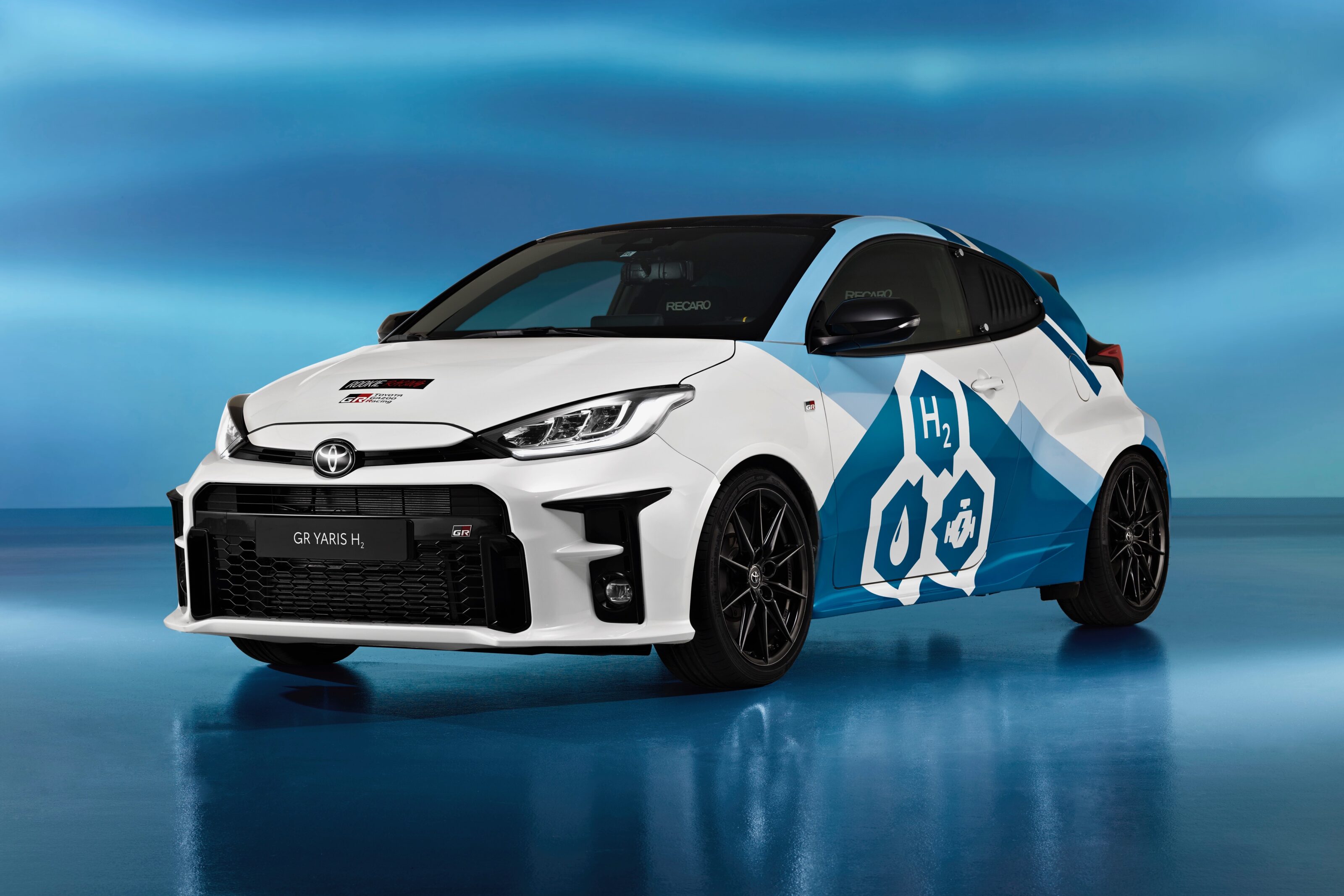Hydrogen as a fuel source faces an uphill battle when it comes to road cars. While it has clear benefits in the long-range logistics and transport industry, along with aerospace, using hydrogen to replace unleaded fuel for the cars we all love is a tough sell due to some obvious and inescapable inefficiencies.
However, this argument relies wholeheartedly on envisaging a future where cars are only driven for prosaic reasons. It doesn’t take into account the fact that certain people, someone like you dear reader, buy and drive cars for reasons other than merely getting from Point A to Point B.
We want to hear the rich notes of an exhaust, ride a fluid and growing wave of power, have our souls stirred. These elements of emotion are something electric performance cars, to this point at least, have done a questionable job of satisfying.
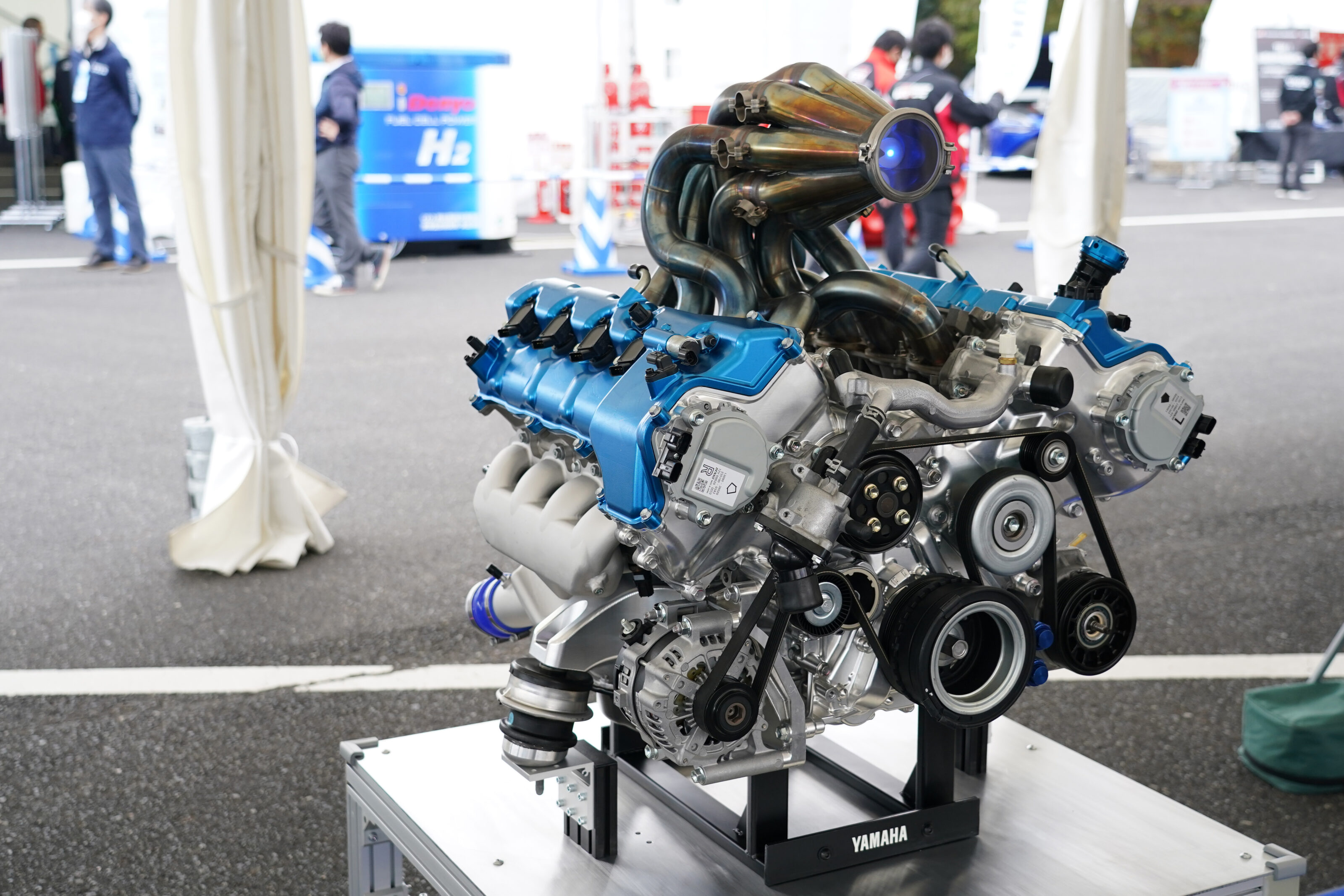
Yes, electric cars have a more than worthy place in our performance car ecosystem, but right now and in the immediate future, internal combustion reigns when it comes to driver involvement. However, we need to create more efficient performance cars.
This is a certain fact if we want to enjoy the genre of vehicles at all in the coming years. But we can still do so while enjoying the drive. This is where hydrogen combustion enters the fray by mixing environmental responsibility with old school noise and involvement.
Toyota and Yamaha have teamed up for the most exciting example of hydrogen combustion engines – a 5.0-litre naturally aspirated V8 producing 335kW and 540Nm but with extremely limited exhaust emissions. The basis of the engine is the 2UR-GSE co-developed by the two Japanese companies found in the Lexus RC F coupe.
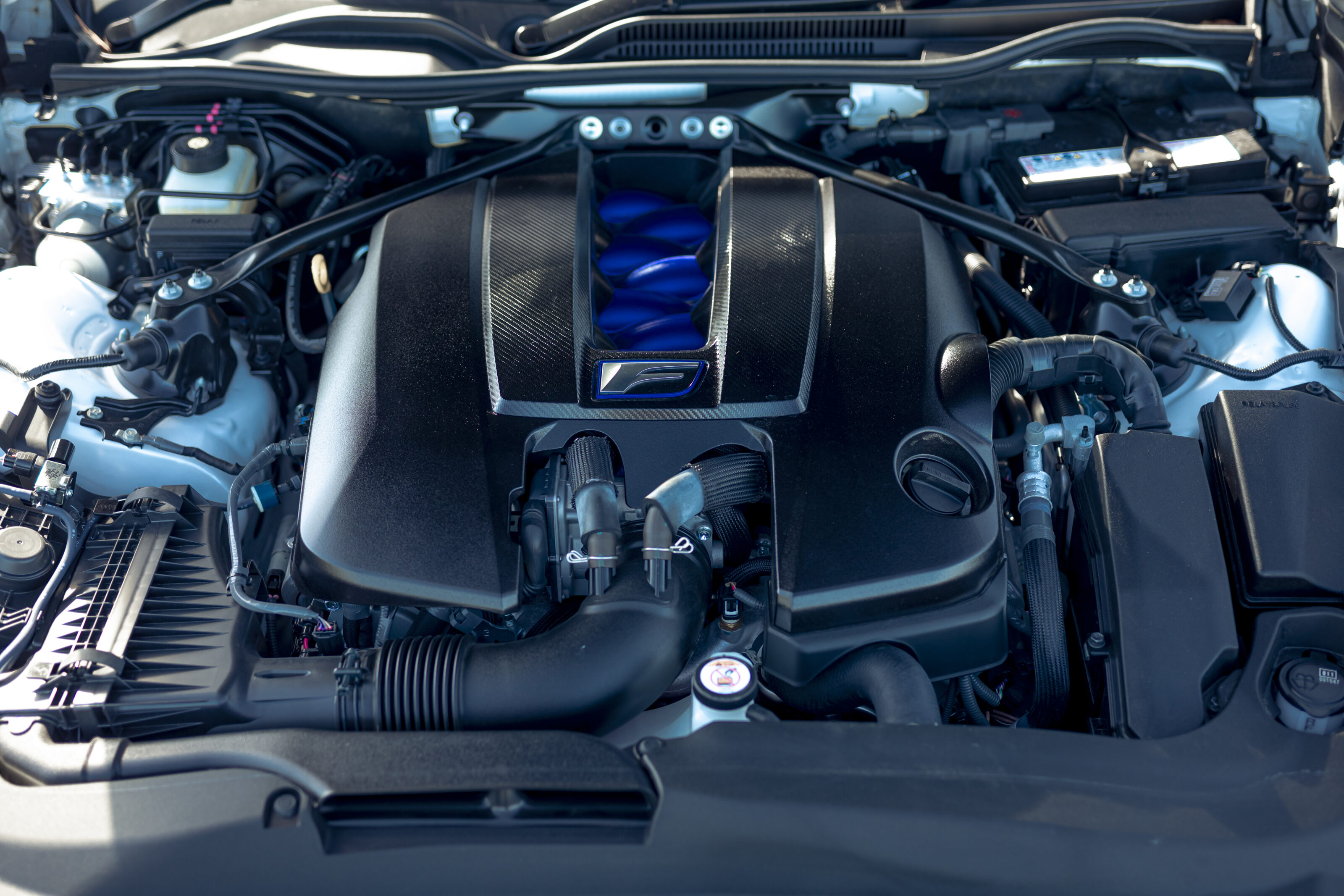
Yamaha changed the intake manifolds and injectors while tweaking the cylinder heads to allow the engine to run on compressed hydrogen while only dropping 16kW (and gaining 10Nm) compared to its unleaded-fuelled sibling. The dramatic 8-into-1 exhaust isn’t just for show either, and is said to give the car an engaging exhaust note.
Hydrogen combustion functions in much the same way as cars that use regular unleaded. There is the same four-stroke combustion cycle, with fuel directly injected into the chamber and ignited with a spark. That sounds all very simple, but Toyota says development has been anything but.
In 2016 the company was having to use a 50/50 fuel mix of unleaded and hydrogen to get the required ignition, and the current purely-H2 powered test engines require incredibly high internal temperatures for the spark to catch.

The major upside in an era of reducing emissions is that the most significant by-product from the engine is water. However, hydrogen combustion isn’t entirely zero-emission. By igniting it in air and using the same mechanical internals that require lubrication, small amounts of oil are burnt in the process, creating minor levels of carbon particulate emissions.
Catalytic filters in the exhaust system will be able to catch most, but not all, of these discharges.
Another benefit is that engineering combustion engines to run on hydrogen is cheaper than developing and building hydrogen fuel cell vehicles like the Hyundai Nexo or Toyota Mirai.
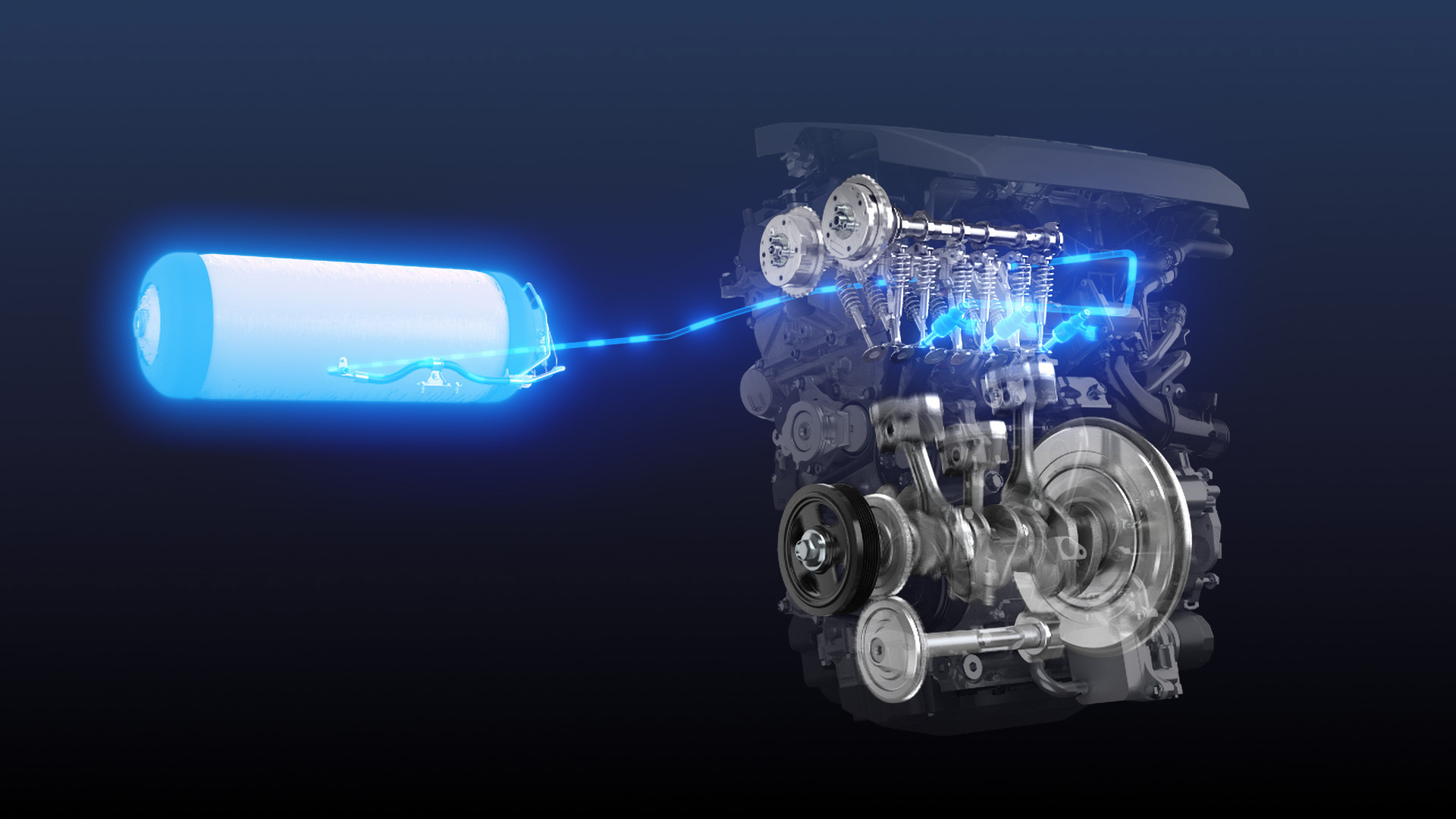
However, there are some significant caveats. Hydrogen fuel cells are already at a well-to-wheel efficiency disadvantage compared to battery electric vehicles. Energy is lost at electrolysis, compression and transport stages for hydrogen, while it also slowly bleeds out of the highly compressed fuel tank (usually running at a pressure of 10,000psi) if left unattended.
Most battery electric vehicles boast a well-to-wheel efficiency of around 75-85 per cent. Fuel cells fall in the 30-35 per cent range, with hydrogen combustion an additional 5 per cent worse off.
But Yamaha and Toyota haven’t developed a performance engine to boast about efficiencies. This is a proof of concept from the maestros of internal combustion that aims to demonstrate that niche enthusiast ICEs still have a place in an environmentally conscious future by drastically and radically cutting emissions. More power to them.
Four cool facts about using hydrogen in cars
1. A new category is born
Showing its support for alternative fuel sources, the Automobile Club de l’Ouest (ACO) which organises the 24 Hours of Le Mans has announced a new category will be launched in 2025 to allow hydrogen electric vehicles to compete in the endurance classic.
2. Getting the band together
Subaru, Mazda, and Kawasaki have joined Yamaha and Toyota to form what has been nicknamed ‘Team Japan’ in a coordinated aim to support the future of internal combustion. While Yamaha and Toyota work on hydrogen combustion, the other three manufacturers will participate in motorsport using bio-diesel and biomass-derived synthetic fuel.

3. Put ya boot in
Jim Glickenhaus is committed to racing a Hydrogen-powered version of his Boot off-road vehicle in the Baja 1000. Instead of running on compressed hydrogen like almost every other fuel cell vehicle, the American team intends to use liquid hydrogen. Glickenhaus claims a range of nearly 1000km from a single tank.
4. Going long
Toyota raced a Toyota Corolla in a 24 Hour endurance event last year using a GR Yaris engine converted to run on hydrogen. The hatchback travelled 1634km, with 12 hours of total driving. The team refuelled 35 times, with four hours spent stationary for an average stop time of seven minutes. The car was entirely immobile for eight hours of the race for repairs and safety checks.
We recommend
-
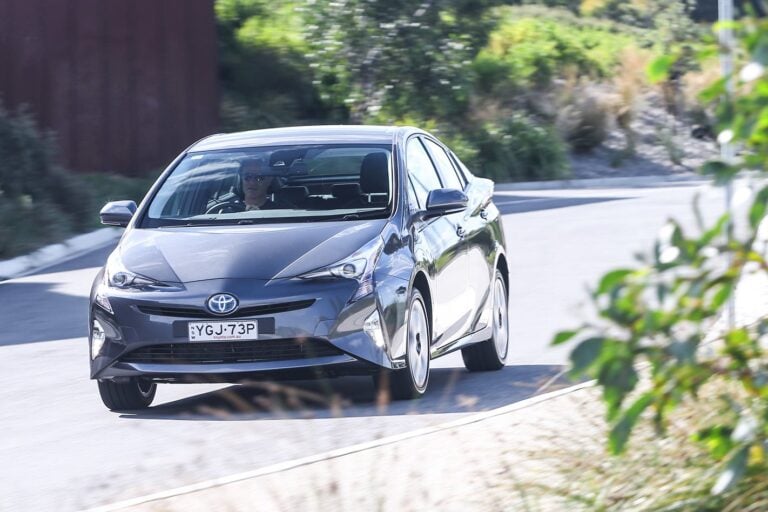 News
NewsNext-generation Toyota Prius could feature a hydrogen fuel-cell
Reports from Japan suggest a FCEV Prius might not be off the cards
-
 News
NewsLexus unveils hydrogen-powered recreational vehicle concept
You might be surprised to hear this isn't a fuel-cell vehicle
-
 News
NewsIneos to invest in hydrogen, partner with Hyundai
Fuel-cell technology to be implemented in upcoming Grenadier


